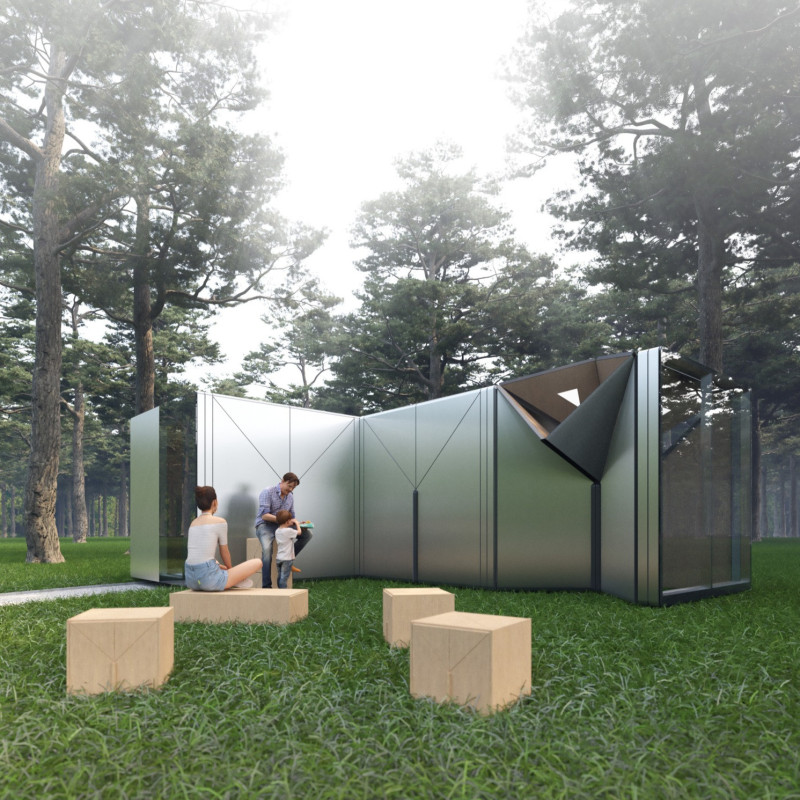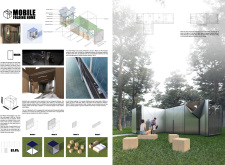5 key facts about this project
Innovative Use of Materials and Design Principles
One of the distinct aspects of this project is its innovative approach to materiality. The use of reinforced concrete establishes a strong structural foundation, while large glass panels enhance transparency and contribute to energy efficiency. Incorporating Corten steel not only adds visual contrast but also allows for a durable and weather-resistant exterior. The use of sustainable timber for façade and interior elements brings warmth and promotes an eco-conscious aesthetic.
Further distinguishing this architectural design is its biophilic approach. The project features an array of green spaces, including terraces and rooftops, which are essential in connecting residents with nature. Native landscaping has been introduced to enhance biodiversity while reducing maintenance requirements. These elements foster community interaction and serve as vital communal areas, encouraging outdoor activities and social gatherings.
Integration of Smart Technology and Sustainability
The project’s commitment to sustainability is demonstrated through the integration of smart technology. Energy-efficient systems for heating, cooling, and lighting management are central to its design. These systems optimize resource usage, significantly reducing the operational carbon footprint.
The architectural layout carefully considers passive solar design techniques, aligning the building’s orientation to maximize daylight and minimize energy consumption. The inclusion of permeable paving and rainwater harvesting within the landscaping further emphasizes its ecological focus, promoting water conservation and reducing urban runoff.
In summary, this project not only provides functional living and social spaces but also serves as a model for integrating sustainable practices within urban environments. Readers interested in exploring the design further are encouraged to review the architectural plans, sections, and ideas that delineate the unique aspects and functionalities of this project.























